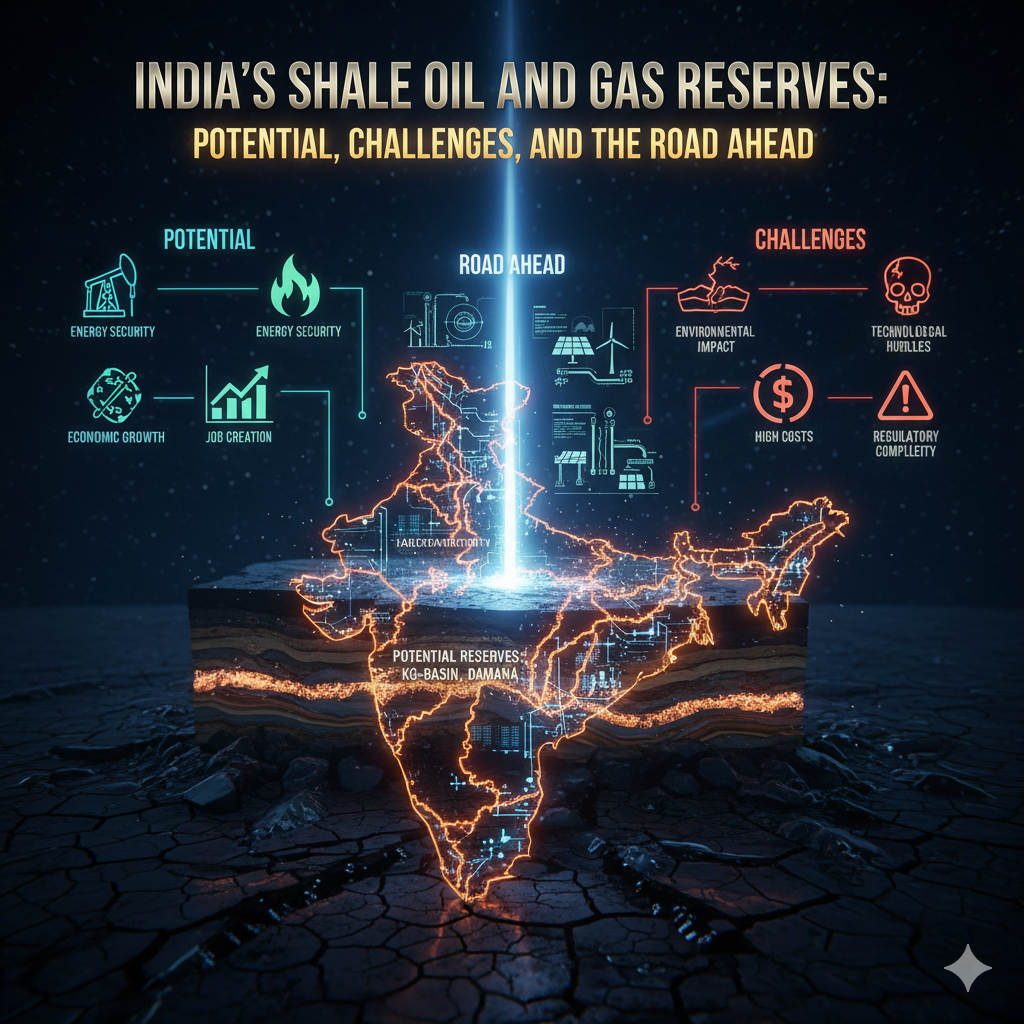Introduction
India, often described as a civilizational state, has a long history of reverence toward nature. The Vedic texts, Upanishads, and other ancient Indian scriptures highlight the interconnectedness of life and the principle of “Prakriti-Purusha” (Nature and Human unity). This age-old philosophy provides a strong foundation for India’s role in global environmental leadership.
In the 21st century, as the world faces climate change, biodiversity loss, and resource scarcity, India has positioned itself as a Vishwaguru (world teacher) by promoting sustainable development, ecological balance, and renewable energy solutions. India’s approach combines traditional ecological wisdom with modern technological innovations, making it a key player in shaping the global sustainability agenda.
This article explores India’s role as a Vishwaguru in environmental leadership, highlighting climate action policies, renewable energy initiatives, ecological stewardship, and its moral responsibility to guide the world toward a greener future.
India’s Civilizational Approach to Nature and Sustainability
India’s environmental leadership is rooted in its cultural and spiritual ethos:
- Vedic Philosophy – Ancient scriptures emphasized “Vasudhaiva Kutumbakam” (the world is one family) and encouraged harmony with nature.
- Sacred Ecology – Rivers such as Ganga, Yamuna, and Narmada are revered as divine mothers; forests are associated with deities; and animals like cows, elephants, and snakes are worshipped.
- Gandhian Environmentalism – Mahatma Gandhi advocated for a lifestyle based on simplicity, non-violence (Ahimsa), and minimal exploitation of natural resources.
- Traditional Practices – Rainwater harvesting, organic farming, Ayurveda, and community forestry were part of India’s ecological heritage.
This civilizational legacy gives India a unique moral authority in addressing today’s environmental challenges.
India and Global Climate Action
India has emerged as a strong advocate for climate justice and sustainable development at the international level.
1. Paris Climate Agreement Commitments
- India pledged to reduce its emissions intensity by 45% by 2030 (from 2005 levels).
- Targeted 50% of total energy from renewable sources by 2030.
- Committed to achieve Net Zero emissions by 2070, a landmark announcement by Prime Minister Narendra Modi at COP26 in Glasgow.
2. International Solar Alliance (ISA)
- Launched by India in 2015 with France, the ISA promotes solar energy deployment across 121 solar-rich countries.
- It demonstrates India’s leadership in renewable energy diplomacy.
3. Lifestyle for Environment (LiFE) Movement
- India introduced the concept of LiFE at COP26, encouraging the world to adopt eco-friendly consumption patterns.
- Promotes recycling, green transportation, and sustainable living.
4. Voice of the Global South
- India has emphasized that climate policies must respect the principle of “common but differentiated responsibilities” (CBDR), ensuring that developing countries are not unfairly burdened.
Renewable Energy Revolution in India
India is rapidly transitioning from fossil fuels to renewable sources of energy.
1. Solar Power
- India is among the world’s top five solar power producers.
- Home to the world’s largest solar park in Pavagada, Karnataka.
- Rooftop solar schemes are transforming urban and rural landscapes.
2. Wind Energy
- India ranks fourth globally in installed wind capacity.
- Coastal states like Tamil Nadu and Gujarat are major hubs for wind farms.
3. Hydropower and Bioenergy
- Small hydro projects and biomass plants contribute to India’s green energy mix.
- Biomass-based energy also supports rural economies.
4. Green Hydrogen Mission
- India launched the National Hydrogen Mission in 2021 to produce clean hydrogen fuel.
- Aims to make India a global hub for green hydrogen exports.

Ecological Stewardship: Protecting Forests, Rivers, and Biodiversity
Beyond renewable energy, India also focuses on conserving its rich natural ecosystems.
1. Forests and Wildlife Conservation
- India has over 100 national parks and 500+ wildlife sanctuaries.
- Tiger conservation under Project Tiger has been globally recognized as a success.
- Afforestation programs like Green India Mission aim to increase forest cover.
2. River Rejuvenation
- The Namami Gange Programme focuses on cleaning and restoring the Ganga river ecosystem.
- Similar initiatives are underway for Yamuna, Godavari, and other rivers.
3. Sustainable Agriculture
- India promotes organic farming and zero-budget natural farming to reduce chemical pollution.
- Programs like Paramparagat Krishi Vikas Yojana (PKVY) encourage traditional eco-friendly farming methods.
4. Biodiversity Protection
- India hosts four global biodiversity hotspots: Himalaya, Indo-Burma, Sundalands (Nicobar Islands), and Indo-Malayan regions.
- Initiatives like the National Biodiversity Mission ensure preservation of genetic diversity.
India’s Role in Sustainable Development Goals (SDGs)
India’s environmental leadership is aligned with the UN Sustainable Development Goals (SDGs).
- SDG 7 (Affordable and Clean Energy): Through solar, wind, and hydrogen missions.
- SDG 12 (Responsible Consumption): Via the LiFE movement.
- SDG 13 (Climate Action): By pushing global cooperation at COP summits.
- SDG 15 (Life on Land): Forest and biodiversity conservation programs.
- SDG 17 (Global Partnerships): Leading coalitions like ISA and Coalition for Disaster Resilient Infrastructure (CDRI).
Challenges in India’s Environmental Path
While India’s efforts are commendable, challenges remain:
- Dependence on Coal – Over 50% of India’s electricity still comes from coal.
- Urban Pollution – Major cities like Delhi face severe air quality issues.
- Water Scarcity – Over-extraction of groundwater and river pollution remain critical.
- Balancing Growth with Sustainability – Rapid industrialization often conflicts with environmental protection.
- Climate Vulnerability – India is prone to floods, cyclones, droughts, and rising temperatures.
India as Vishwaguru in Environmental Ethics
India’s environmental leadership is not just technological or policy-based, but also ethical and philosophical.
- Ahimsa (Non-violence): Extending non-violence to the environment by reducing harm to ecosystems.
- Sarvodaya (Welfare of All): Sustainable development ensures well-being of both people and nature.
- Trusteeship (Gandhian Concept): Humans are trustees of Earth, not its masters.
- Global Guidance: By blending tradition with innovation, India provides a moral framework for other nations.

Future Roadmap for India’s Environmental Leadership
For India to strengthen its role as Vishwaguru in sustainability, certain steps are essential:
- Accelerating Renewable Energy Transition – Phasing out coal and scaling up solar, wind, and hydrogen.
- Urban Sustainability – Smart cities with green infrastructure, waste recycling, and eco-friendly transport.
- Climate-Resilient Agriculture – Promoting water-efficient and climate-smart farming techniques.
- Global Green Diplomacy – Expanding initiatives like ISA and CDRI to unite nations under green goals.
- Public Awareness and LiFE Movement – Educating citizens about sustainable lifestyles.
- Innovation and Technology – Using AI, IoT, and blockchain for environmental monitoring and resource management.
Conclusion
India’s journey as a Vishwaguru in environmental leadership is deeply rooted in its civilizational philosophy and strengthened by its modern policies. From renewable energy revolutions to ecological conservation, India has showcased how spiritual wisdom and scientific innovation can go hand in hand.
By promoting climate justice, renewable energy, sustainable lifestyles, and biodiversity protection, India is guiding the world toward a greener future. Its environmental ethics of harmony, balance, and stewardship provide a moral compass for global sustainability.
Thus, India is not just a participant in global climate action but a teacher, guide, and leader—a true Vishwaguru of sustainability and ecological wisdom.




